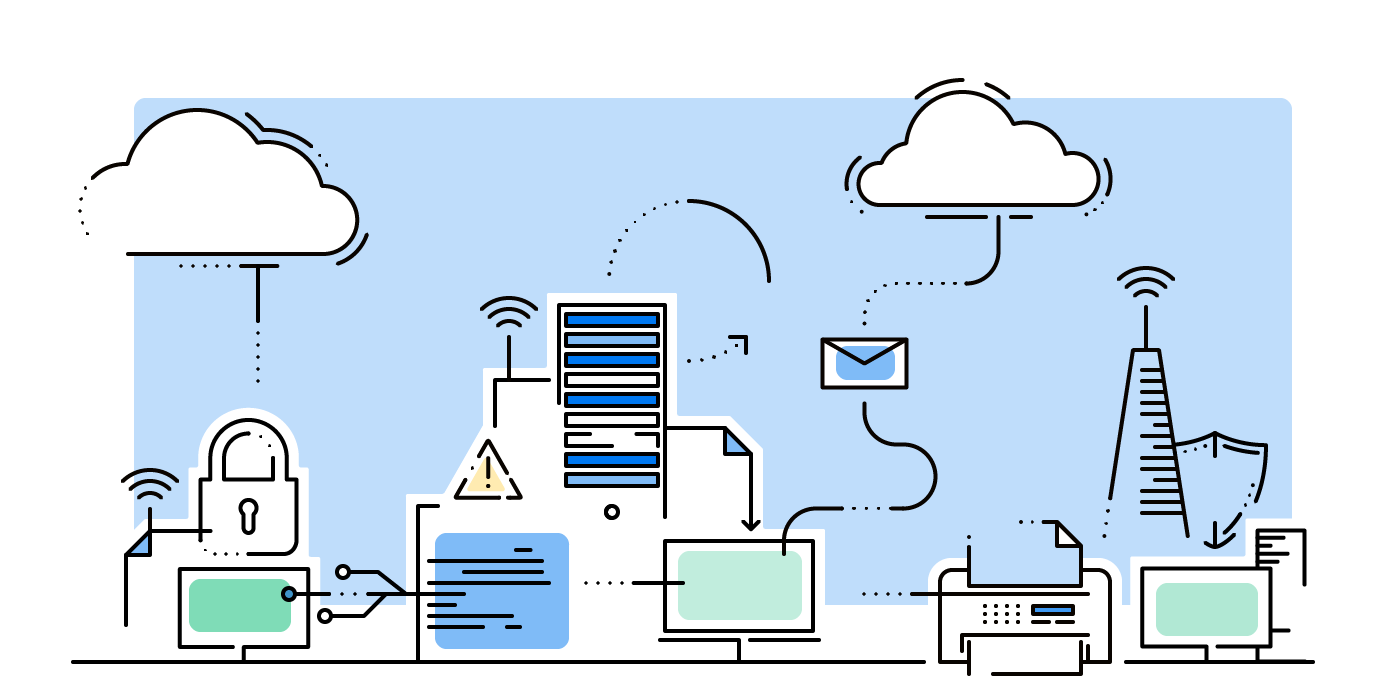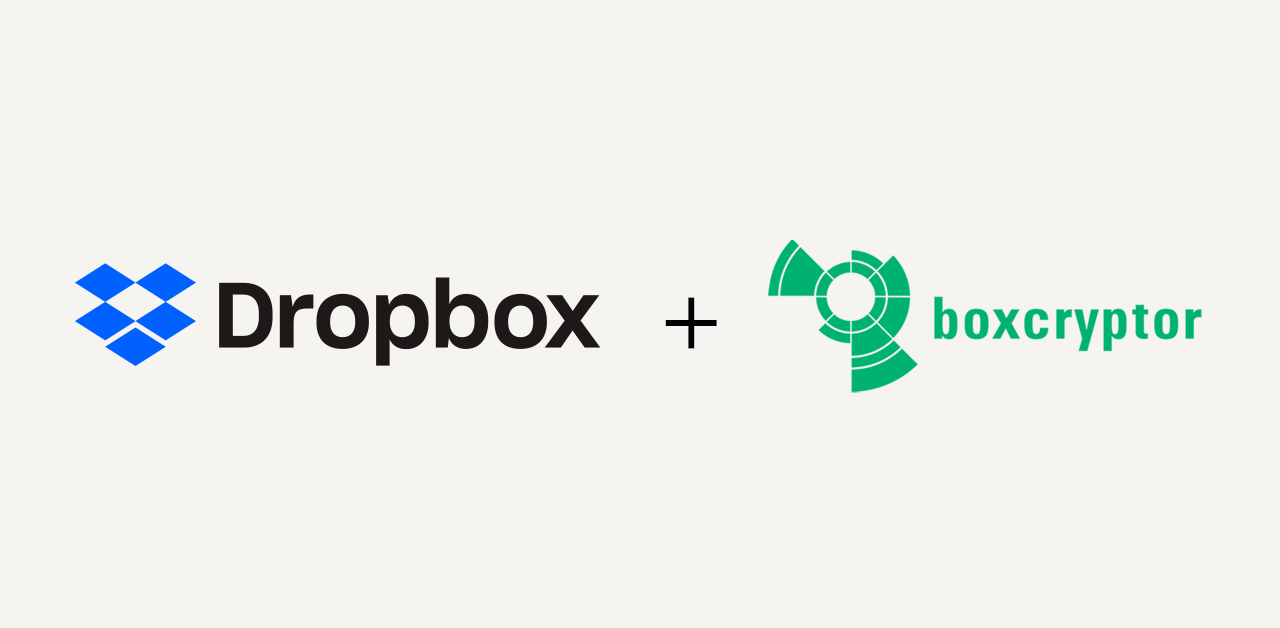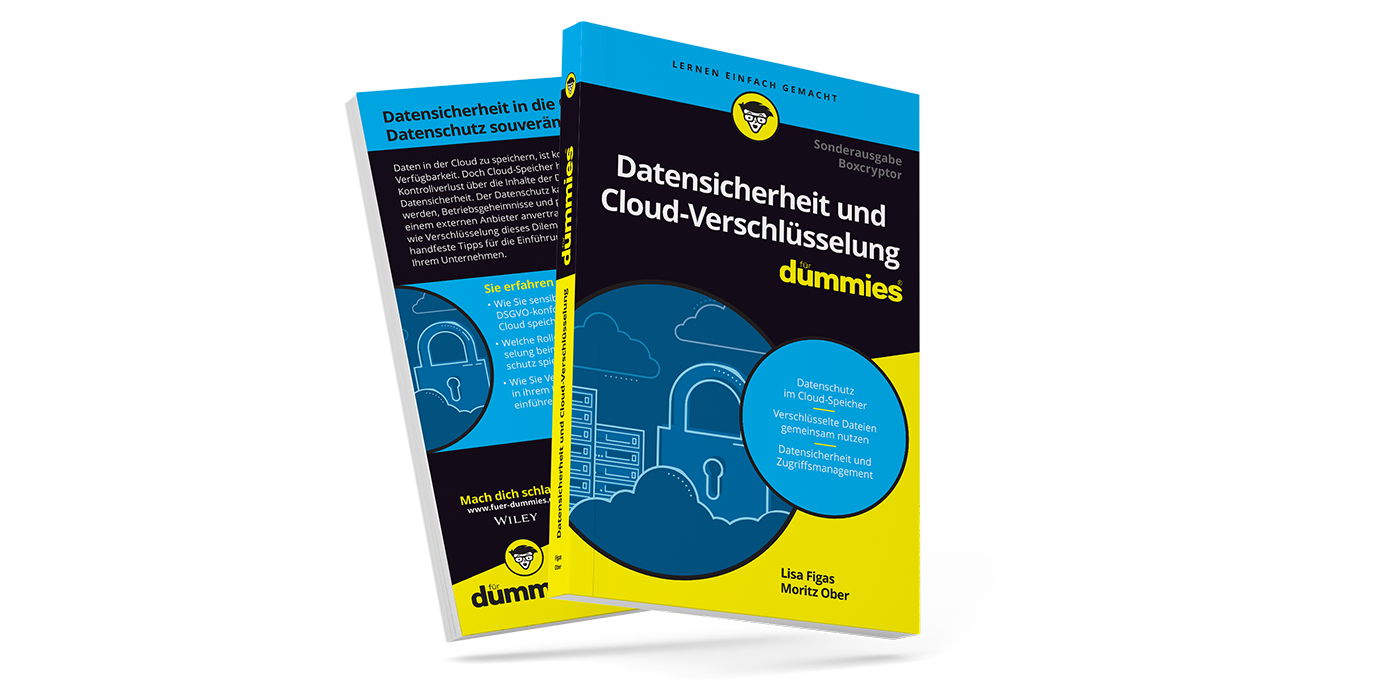Enterprise IT Security — Digitalization and Data Security Hand in Hand
Companies are now aware of the relevance of IT security. This is confirmed, among other things, by a study among 1,500 executives who attribute a high value to IT security in the context of digitalization.
Today, some 79% of global executives rank cyber attacks and threats as one of their organization’s highest risk management priorities in 2020, according to a Marsh & McLennan survey of 1,500 executives Overall, security’s role in digital transformation has improved both in awareness and involvement in earlier stages of the design process. (CSO Online, 2020)
In this article, we would like to explain how digitization and IT security can go hand in hand and why you should not put the modernization of your systems second for security reasons.
This year’s Corona crisis at the latest has shown how important a modern and secure IT infrastructure is for companies, in order to remain operational even under difficult circumstances. Many companies were taken by surprise by the situation of suddenly having to let their employees work from home. A secure structure was not available in all companies, although technical solutions for secure remote work have been available for a long time. A perceived low level of necessity and possible doubts about the security and usefulness of remote work may have led to the fact that this technical advancement was overslept.
However, in order to ensure data security and operability, entrepreneurs must be reassured that the one does not exclude the other: It is possible to push ahead with digitization while maintaining data security.
To stay with the example of data security in times of the Corona virus: With a securely encrypted cloud in place, working from home is no problem because the existing systems can simply be used, regardless of the location of the workstation. However, doubts about the security of the cloud led to companies not having a secure cloud setup. Now, many had to rush the switch to the cloud (e.g. Microsoft Teams) without installing security precautions (e.g. encryption) beforehand.
How to Build and Maintain a Modern and Secure IT Infrastructure
In order to maintain a modern and secure IT infrastructure, you should, on the one hand, know on which specific areas to focus in your company. On the other hand, IT security depends on the right corporate culture and the constant improvement of processes.
1. An Open-minded Corporate Culture for More IT Security
IT is fast-moving: If you bring all systems up to date in one large project, you will probably be facing new problems in five years at the latest. That does not mean that you have to throw your entire IT infrastructure overboard and set it up again, every year. But there must be an awareness of progress and change within the company, as well as capable employees who have the decisive task of keeping an eye on these changes and trends and who can assess their relevance for their own company. Most importantly, the team needs support and backing from the management level in this matter.
Innovations that take security aspects into account must be deeply rooted in the company structure and positively reinforced. After all, in addition to the obvious advantages of increased data security and protection against data leaks, a focus on digitization while taking IT security into account brings many other benefits.
Advantages of a Safety-conscious Corporate Culture
- Cost savings: Cloud systems, for example, are cheaper in the long term than maintaining your own servers
- Simplification of processes and time savings for employees
- Since the introduction of the GDPR, good data protection measures have been rewarded in the event of an emergency: data leaks of encrypted data do not have to be reported, which means that the trust of customers and business partners is not at stake.
- Business continuity: A modern, secure infrastructure often makes it easier to maintain business continuity in emergencies. These include natural disasters, or fires, but also pandemics that suddenly keep employees from returning to the office.
If you want to modernize your infrastructure, first pay attention to the security of the chosen programs, or research solutions that additionally secure those digitalization measures. Also keep the above-mentioned points in mind. Many of them will go hand in hand with the new solutions. In this way, you will benefit from the advantages of digitization and at the same time secure your data and the company in an emergency.
2. Typical Weak Points in Corporate IT
In addition to the right corporate culture, it is important to ensure safe and simple processes at the central, important points. Often — but not always automatically — a simplification of processes goes hand in hand with increased security. This is due to the fact that one critical weak point in every company is and remains the employees. The less complex the processes are, the fewer errors will occur. This is particularly true for areas that are part of the daily work routine, such as authentication, email security and communication.
Data Storage
Every instance where company data is stored should always be encrypted. This is especially important if the data storage is connected to the Internet or the data is hosted by external companies, such as in Microsoft Teams, or in classic clouds such as OneDrive or Dropbox. The encryption should take place on the company’s devices or servers before the data is transferred to external servers. Relevant keywords in this context are “zero-knowledge encryption”, “end-to-end encryption”, or “client-side encryption”.
Access Management
Ensure strong passwords and secure authentication with password managers. Password managers increase security and simplify the daily work of your employees. Ideally, you should set up 2-factor authentication as well. Single Sign-on (SSO) simplifies the sign in processes for your employees even more. As soon as a process becomes easier for the team, it is usually also more secure and less prone to errors.
User Lifecycle Management
With SCIM, users can be managed easily and centrally. This saves admins working time and, at the same time, increases security.
Device Management
With device management, all (IT) devices in the company are managed centrally, so you always know which devices exist and are in use. You can easily ensure that all devices are up to date, that only managed devices enter the local network, or that software is automatically installed on all devices without the user having to worry about it.
Communication
When communicating, rely on services that offer end-to-end encryption. Also make your teams aware that they should not share personal data of customers, clients, business partners or business associates in chats.
Email Security
Inform your employees about the dangers of malware, phishing attacks or ransomware sent via e-mail. Here are some tips on handling email attachments or some background information on phishing attacks.
3. Making Change Safe: What to Keep in Mind when Introducing New Software
If new software or programs have been chosen that have the potential to simplify and secure processes in the company, a few things should be considered when introducing this new software.
This way, you can guarantee that no important data is lost during the transition or that downtimes occur during the migration that hinder your teams in their work.
In our free whitepaper, we inform you about what you should consider when introducing new software.



